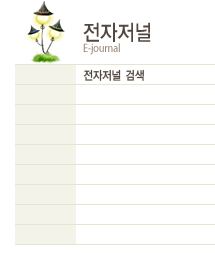 |
|

|
| Effects of sodium hypochlorite (NaOCl) on oyster immune responses
|
|
| Seunghyeon Kim and Kyungil Park |
|
| Major of Aquatic Life Medicine, College of Ocean Science and Technology, Kunsan National University, Gunsan 54150, Republic of Korea |
|
Sodium hypochlorite (NaOCl) is a disinfectant, which is widely used in homes and industries, such as power plants, particularly as an antifouling chemical for cooling water. However, owing to the high toxicity of this chemical, it might have a negative effect on the ecosystem, if leaked into the ocean. In the present study, we investigated the immune response of oysters exposed to NaOCl for determining the possible effects on the marine ecosystem. The survival rate and immune responses of the trochophore larvae in NaOCl diluted to 0.01, 0.05, 0.1, 0.5, and 1, 5 ppm, and seawater (control), were investigated at different time intervals under in vitro and in vivo conditions. In the in vitro experiments, the changes in immune responses over time after exposure of hemocytes to NaOCl (in vitro-1) and immune responses of hemocytes over time after NaOCl is diluted with sea water (in vitro-2) were studied. We found that the mortality rate of the larvae was the highest at a concentration of more than 1 ppm after 5 h of exposure. Immune responses of the hemocytes exposed to NaOCl increased 12 h after exposure but reached the same level as that of the control after 24 h of exposure in both in vitro-1 and 2. For, in vivo experiment, the level of NO increased if the adult oysters were raised at NaOCl concentrations of 1 ppm or more, for more than 4 d. Overall, the findings of this study suggest that the concentration affecting the mortality of larvae or adult, and immune response of adult oysters might be more than 1 ppm.


|
|
 34-3-1-125-134.pdf (958.8K), Down : 85, 2018-10-29 16:04:02 34-3-1-125-134.pdf (958.8K), Down : 85, 2018-10-29 16:04:02
| |
|
|
|
 |
|
사무국 & 편집국
: 충남 아산시 신창면 순천향로 22 자연과학대학 3317호
/ Tel: 041-530-3040 / E-mail : malacol@naver.com
|
 |
|
|
